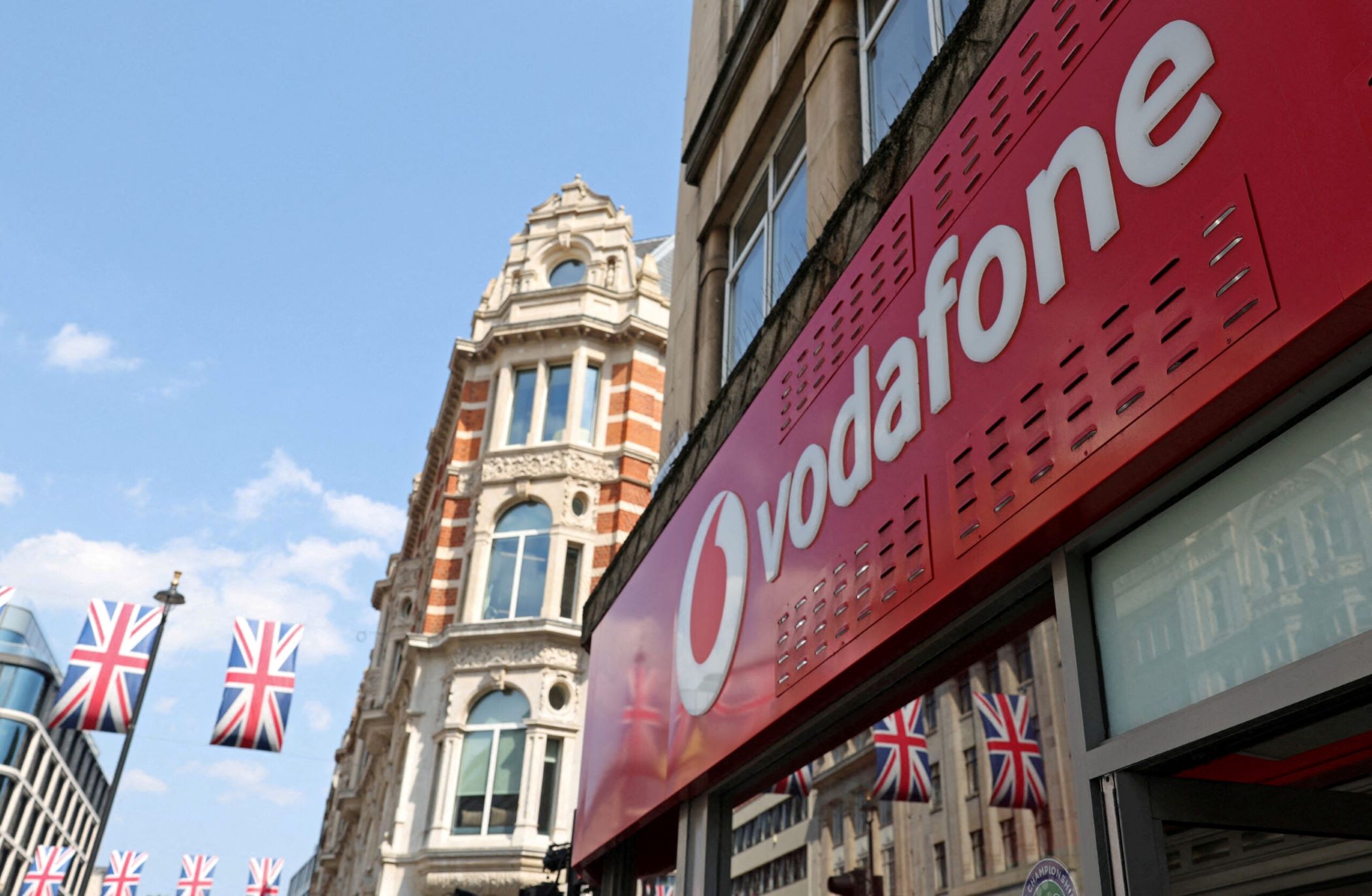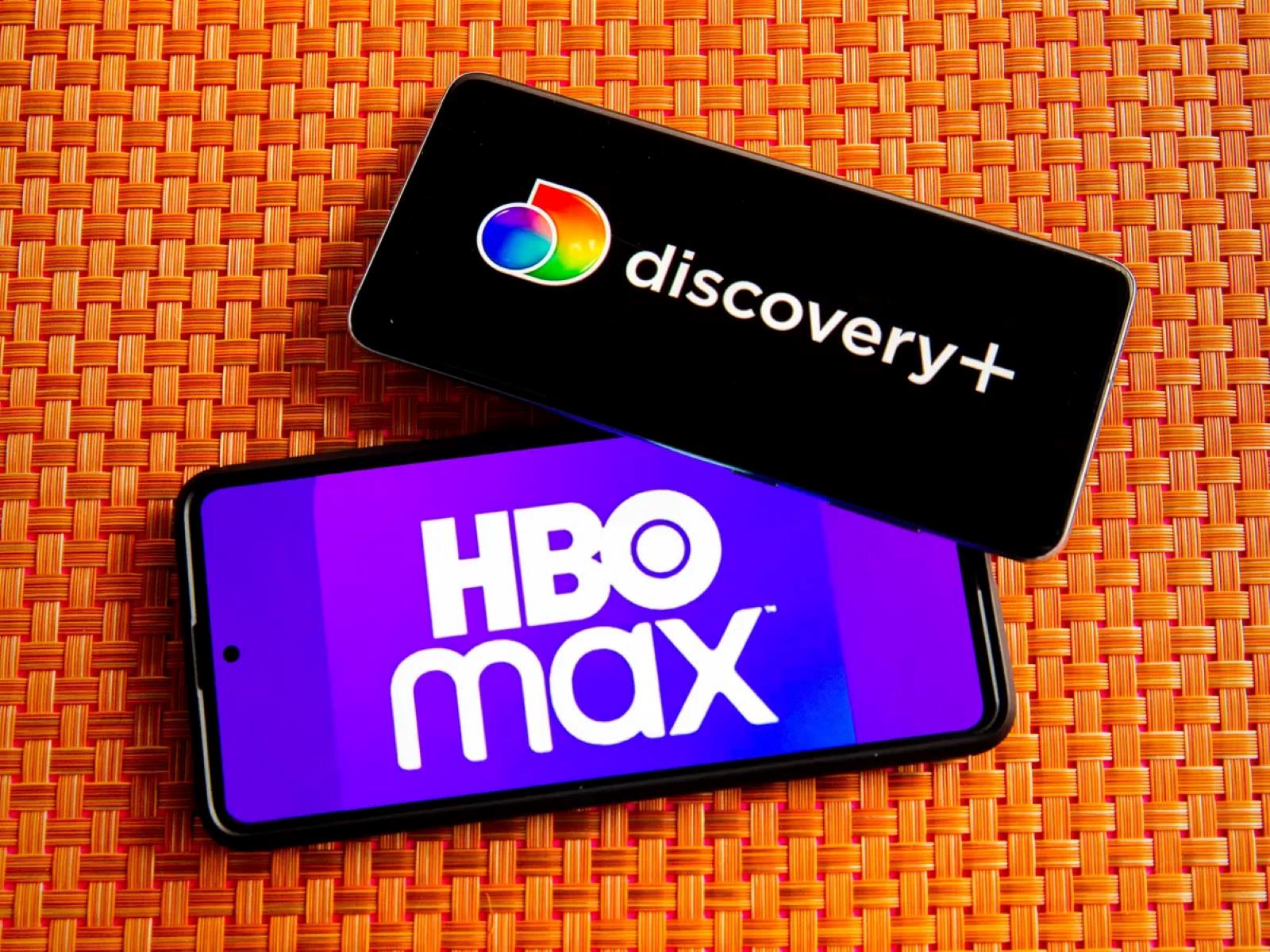In the world of mergers and acquisitions, success is not always guaranteed. According to the Harvard Business Review, the majority of mergers fail to achieve their desired outcomes. This is particularly true in the professional services and tech sectors, where failure rates can reach as high as 90%. The reasons behind these failures are twofold: poor due diligence and strategic planning, and execution failures due to weak branding and communication.
Key Takeaway
Poor due diligence and weak branding are major reasons why mergers fail to achieve their desired outcomes. Considering the merger through three lenses can help identify and address potential points of failure.
When it comes to building a successful go-forward brand after a merger, it’s important to navigate through these potential pitfalls. This requires considering the merger through three lenses, which will help in addressing and avoiding possible points of failure.
Lens 1: Business strategy
When two companies come together in a merger, it is crucial to focus on the demand side of the equation. While consultants often prioritize supply-side issues such as structure, cost synergies, and talent rationalization, the demand side is often overlooked and can be a key point of failure.
Leadership must carefully analyze and understand the vertical and horizontal synergies that can arise from the merger. Vertical synergies involve linking business units to create a more powerful parent company, while horizontal synergies explore the potential opportunities that arise from combining different business units. By bringing new capabilities to the market and creating end-to-end solutions, the merged entity can gain a competitive advantage.
The voice of the customer is invaluable during this process. By interviewing current clients, businesses can gain insights into the opportunities they expect the merged entity to deliver. Engaging clients as partners in the integration process can strengthen the relationship and increase their investment in the success of the new brand.
By focusing on business strategy first, companies can determine how the newly merged brand should enable and organize its product and service portfolio to realize demand synergies.

























